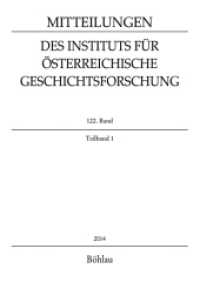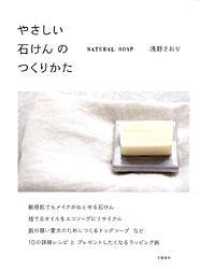- ホーム
- > 洋書
- > 英文書
- > Science / Mathematics
Full Description
Ultrasonic Nondestructive Testing of Materials: Theoretical Foundations explores the mathematical foundations and emerging applications of this testing process, which is based on elastic wave propagation in isotropic and anisotropic solids. In covering ultrasonic nondestructive testing methods, the book emphasizes the engineering point of view, yet it relies on the physics and mathematics aspects involved in elastic wave propagation theory.
As a result, this resource becomes a missing link in the literature by combining coverage of the theoretical aspects of testing and providing intuitive assessments of numerous standard problems to illustrate fundamental assertions. Content includes a brief description of the theory of acoustic and electromagnetic fields to underline the similarities and differences as compared to elastodynamics. It also covers vector algebra and analysis, elastic plane and Rayleigh surface waves, and ultrasonic beams, as well as transducer radiation, inverse scattering, and ultrasonic nondestructive imaging.
Includes numerical computations to explain wave propagation phenomena and compare results of analytical formulations
Although ultrasonic nondestructive testing can often be roughly understood in terms of plane waves and beams, this book addresses the key issues of transducer radiation and defect scattering and imaging, respectively. The authors physically formulate point source synthesis, and, in mathematical terms, they use representation integrals with Green functions, always including intuitive interpretations with mathematical evaluations.
Replacing cumbersome index notation with a coordinate-free version, this reference offers step-by-step documentation of relevant tensorial elastodynamic cases involving isotropic and anisotropic materials. It provides all necessary mathematical tools readers require to understand the mathematical and physical basis for ultrasonic nondestructive testing.
Contents
Contents. Mathematical Foundations. Governing Equations of Elastodynamics. Constitutive Equations; Governing Equations; Elastodynamic Energy Conservation. Acoustics. Electromagnetism. Vector Wave Equations. Elastic Plane Waves in Homogeneous Materials. Reflection, Transmission and Mode Conversion of Elastic Plane Waves at Planar Boundaries between Homogeneous Non-Dissipative Materials. Rayleigh Surface Waves. Plane Wave Spatial Spectrum. Ultrasonic Beams and Wave Packets. Point Sources in Homogeneous Isotropic Infinite Space; Elastodynamic Source Fields. Force Density and Dilatation Rate Sources on Surfaces of Homogeneous Isotropic Half-Spaces; Radiation Fields of Piezoelectric Transducers. Scatterers in Homogeneous Isotropic Non-Dissipative Infinite Spaces. Inverse Scattering: US-NDT Imaging.







